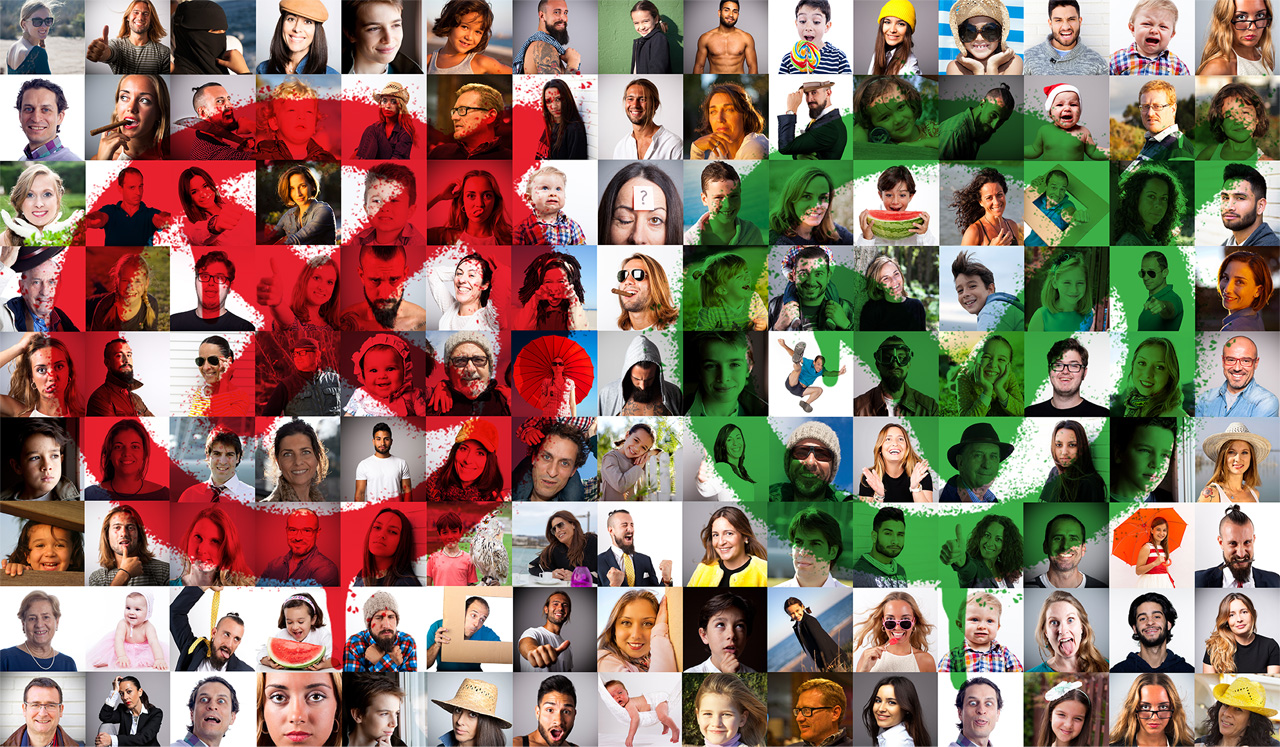
Is it Time to Say Goodbye to Personas?
Personas have long been a staple in UX design and marketing. They provide an excellent reference into users’ needs and preferences, making them an essential tool in planning compelling user experiences. But with the many changes in design thinking, are personas on their way out? Or can they still be used effectively and without bias in today’s market? Let’s take a look.
What Is A Persona?
A persona is a fictional character created to represent an ideal customer archetype. They are typically based on extensive user research and help designers identify those customers’ needs, goals, and behaviors. Personas are often used as a starting point for designing a product or service that meets the needs of its target audience. Some basic examples of personas include the following:
- The “Early Adopter”: Typically tech-savvy, highly educated, and 18-34 years old. They seek out new products and enjoy trying out the latest technology.
- The “Traditionalists”: Prefer to stick with well-known brands and are usually between 45-65 years old. They may not know much about technology but are willing to learn if needed.
- The “Price Sensitive Shopper”: Primarily concerned with a budget when purchasing. Anywhere from 18-65 years old will often research products thoroughly before buying something to ensure they get the best deal possible.
https://www.nngroup.com/articles/scenario-mapping-personas/
Do Personas Create Biases?
While personas can be good for helping designers understand the customer, they can quickly become too specific and lead to dangerous assumptions about users’ behaviors and attributes that don’t necessarily reflect reality. Design teams also risk having the opposite issue and getting stuck in the “averages” when creating personas. Both issues can result in personas that don’t offer enough differentiation and products that neglect key groups or omit crucial features that could make the product more useful and applicable to a broader base.
Another issue with relying heavily on personas is that they can become stale quickly as a product develops. As a product never stops evolving, so should the target personas never stop evolving. Designers need to be able to respond to changes in user behavior and preferences to stay ahead of the competition.
So, do we keep them?
Personas should be supplemented with other research methods, such as interviews, surveys, and recordings, which allow designers to ask deeper questions and get feedback from actual users rather than basing decisions solely on “data-manufactured” persona profiles, which may contain inaccurate assumptions or overlook key customer segments.
Be aware of biases
Personas can be affected by social stereotypes and confirmation bias among designers and marketers. Social stereotypes affect the persona by applying attributes not based on fact. Confirmation bias is where we only look at data points that validate our preconceived assumptions. This can result in decisions made without considering all available data – or even inaccurate data. This leads to less effective product design due to misunderstanding the customer need or neglecting some customer segments altogether.
Update…Update…Update…
Designers need to keep track of user data to ensure their existing personas remain accurate – using analytics tools such as Google Analytics, Mixpanel, or CrazyEgg whenever possible will help keep them updated with changes over time without having to manually check all data points each time a new version is released.
Wrapping It Up
Personas are an essential tool for UX researchers and marketers, but they should be used with caution. They can become outdated quickly or lead to dangerous assumptions about users if not updated regularly. Supplementing personas with other research methods is important to get a fuller picture of user needs and behaviors. By keeping track of trends and using analytics tools, designers can ensure their personas remain up-to-date and accurate. This will help ensure that the resulting product meets customer needs in a way that resonates with its target audience.

